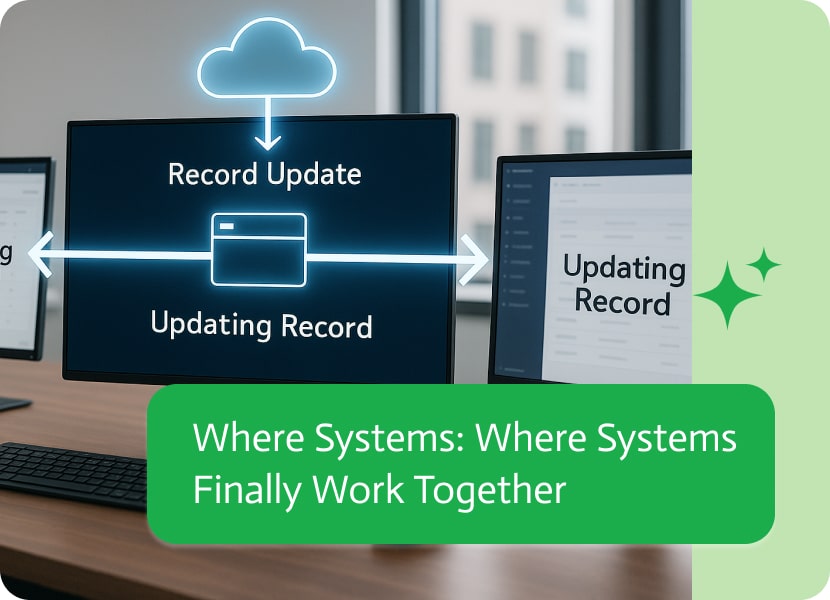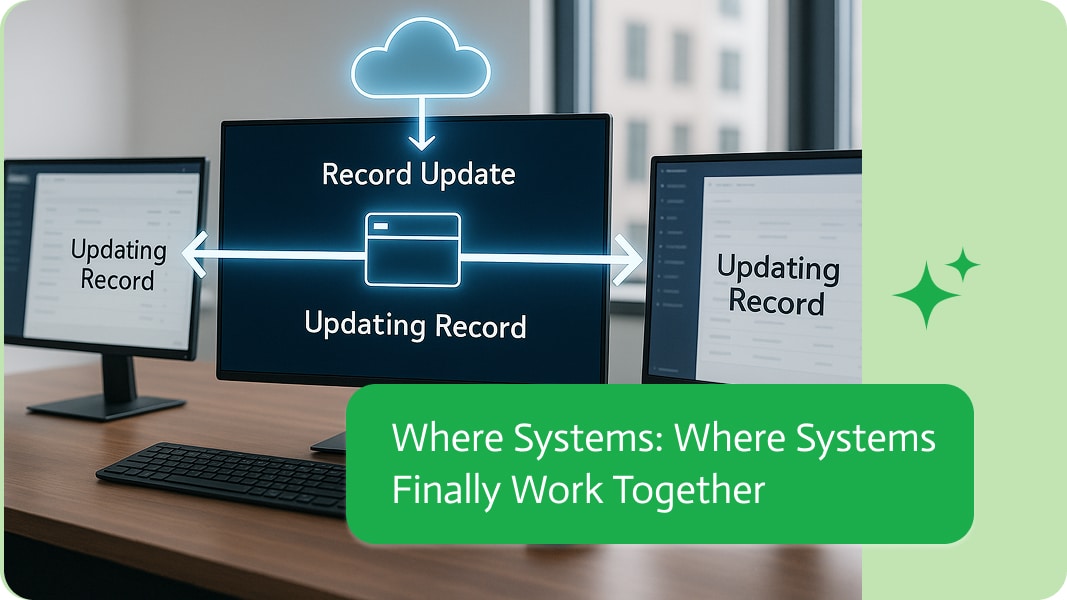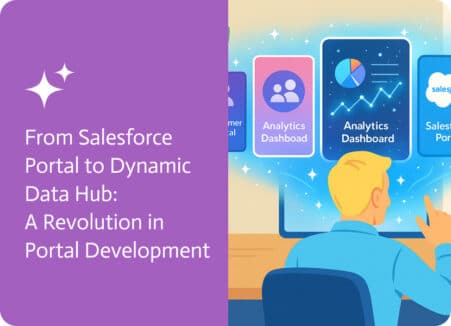

Automation Integration: When Systems Finally Work Together
Nobody wakes up thinking, “I hope I get to move data between five platforms today,” let’s face it. Nevertheless, that is the hidden reality of the modern workplace. CRMs need to be updated, emails need to be sent, reports need to be created, and you are at the centre of it all, juggling platforms, dashboards, and spreadsheets that should be working harmoniously but are instead making you pull your hair out.
AI Automation integration is the process of integrating various tools, software, and systems so that they can operate together automatically without the need for human intervention. It blends integration (allowing various systems to communicate with one another) and automation (letting computers or software handle those tiresome, repetitive tasks).
Automation integration isn’t just a corporate buzzword you’re supposed to nod at in meetings. It’s a key ingredient that keeps businesses from falling apart at the seams.
What Is Automation Integration?
You’re an online store operator, and a customer buys a hoodie, that one action should start off a chain reaction:
- Your inventory will be updated automatically.
- Your sale is recorded in your accounting software.
- The new buyer is added to your mailing list.
- The warehouse is notified.
Automation integration is what makes all of this possible without needing anyone to manually enter any information. You’re essentially giving your tech stack a brain when you connect your systems and apps so they can automatically correlate data and initiate actions across platforms.
Why You Should Care
Still not convinced this matters to you? Fair. Let’s take a closer look.
This is what happens without automation integration:
- Your sales team spends hours updating the CRM manually.
- Your support team gets blindsided because they didn’t know a customer already complained, twice.
- Your marketing emails go to people who’ve already unsubscribed.
- Your operations team cries quietly into their coffee while hunting down invoice errors.
And here’s what happens with it:
- Information flows in real time.
- No more copying and pasting between apps.
- Teams work with up-to-date data, ensuring your information is correct.
- Your business runs smoother, faster, and with fewer errors and time-wasting.
Basically, it saves time while reducing errors, and helps you do more with what you’ve got.
What’s Actually Under the Hood?
Okay, so how does it work?
1. APIs (Application Programming Interfaces)
They take your request, get the data or trigger the action, and bring the result back to you. APIs let different apps and platforms communicate with one another, even if they weren’t designed to.
2. iPaaS (Integration Platform as a Service)
iPaaS platforms like Noca AI let you connect multiple apps, define workflows, and route data between your different tools without writing a single line of code. (Though if you’re the code-loving type, it has advanced features, too.)
Example: When a new lead fills out this form on our site, send the info to Salesforce, notify the sales team in Slack, and add the lead to a Mailchimp list.
3. Custom Scripts & Webhooks
You can further automate your process with custom scripts and webhooks. They enable you to customize integrations to your requirements, particularly where commonly used connectors are not enough.
For those of you who work with specialized tools that aren’t available on popular automation platforms, this could be for you.
Key benefits:
- Saves time (no more manual data entry),
- Reduces errors (less human input = fewer mistakes),
- Improves efficiency (things move faster when they’re connected),
- Enables scaling (you can handle more without hiring more).
Pitfalls of Automation Integration
Although automation is a blessing, if you’re not careful, you could end up with:
- Spaghetti Workflows: Too many one-off automations without structure that can quickly become a nightmare to manage.
- Data Silos: If one system doesn’t sync right, you could still end up with partial or outdated data.
- Over-Reliance: Automation is a tool. Don’t automate decisions that need nuance or empathy, which can only be detected by a human.
A rogue automation can do a lot of damage quickly if it’s not set up right. (Ask anyone who’s accidentally emailed 10,000 people the wrong discount code.)
How to Get Started
If you’re new to this world, start small. Pick one repetitive task that’s dominating your team’s time and build a basic workflow around it.
Step-by-step:
- Map your tools. List all the software your team uses daily.
- Spot the bottlenecks. What tasks are repetitive, slow, or manual?
- Choose a platform. Noca AI is great for startups and massive enterprises.
- Build one integration. Just one. Test it. Break it. Fix it.
- Expand slowly. Add more workflows over time, not all at once.
The Bottom Line
The goal of automation integration is to prevent your team from wasting their brainpower on tasks that a robot could complete in milliseconds, not to replace human labour. It gives your staff more time to concentrate on strategy, innovation, and the things you really hired them to do.
Your team will spend less time shouting over the digital void and more time working when your systems are able to communicate with one another.
The world’s most efficient businesses are being subtly powered by automation integration—and platforms like Noca make it easier than ever to connect the dots. With its AI-first approach, Noca helps teams unlock smarter, faster workflows without the usual complexity.
Automation is real, and it’s here to stay. Are you still doing things the hard way? That’s the only question.


